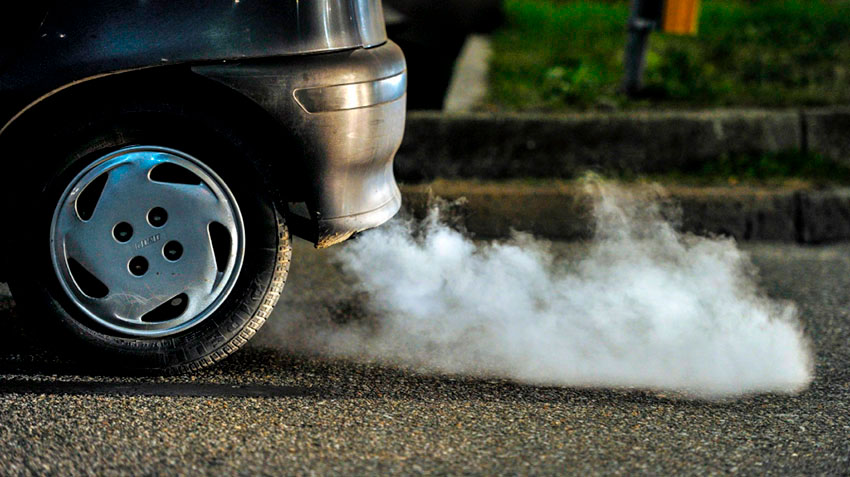In Europe begin to work testing methodology WLTP and RDE

3 October 2017
New test cycles would provide more realistic results
To mount the test cycle NEDC (New European Driving Cycle) has long been considered obsolete. Received with their help results are too optimistic, which allows the car companies to declare those unrealistic figures for fuel consumption and emissions, what we can observe in the operating instructions. Every driver knows that to achieve such data in the real world is almost impossible. Now Europe is beginning to work, two new methods of testing: WLTP and RDE. It is expected that the results will be closer to valid.
A new test cycle consists of two tests: laboratory WLTP (Worldwide Harmonised Light Vehicles Test Procedure — "the world harmonized test cycle for passenger cars") and a real RDE (Real Driving Emissions — "emissions in real driving"). It is assumed that this bundle will replace not only the European methodology, NEDC, JC08 but also Japanese and American FTP-75.

Test WLTP is significantly more stringent than the NEDC. In particular, the duration increased from 20 to 30 minutes, and the total length of road increased from 11 to 23 kilometers from. But this is only the tip of the iceberg. What is important is that the new methodology on the phase of acceleration/deceleration accounts for 84 % of the time, while in the NEDC was only 36 %. The motion with constant speed was reduced from 40 to 4 %. The average speed increased from 33.6 km/h to 46.5, the maximum — from 120 to of 131.3 km/h. the authors of the new technique believe that the WLTP will be more consistent with the actual cycle than the NEDC.

Another important component will be the RDE. It is not laboratory tests, and driving on real roads. The cycle duration may vary from 90 minutes to 2 hours, and the route length shall not be less than 48 kilometers. In a single test is supposed to test the car in three speed modes: urban (15-40 km/h), mixed (60-90 km/h) and rural (over 90 km/h).
According to the statistics of company Emissions Analytics, during the test cycle RDE data for the fuel consumption exceeds that of the NEDC by 29 %, CO2 emissions by 41 %. This allows us to hope that the car manufacturers will claim more than actual performance.
Standard WLTP September 2017 became mandatory for all new models that come on the market in Europe. More broadly it will apply from September 2018, when all new vehicles sold will have to be tested in the framework of a new cycle.
|
|
|
Element was not found.








